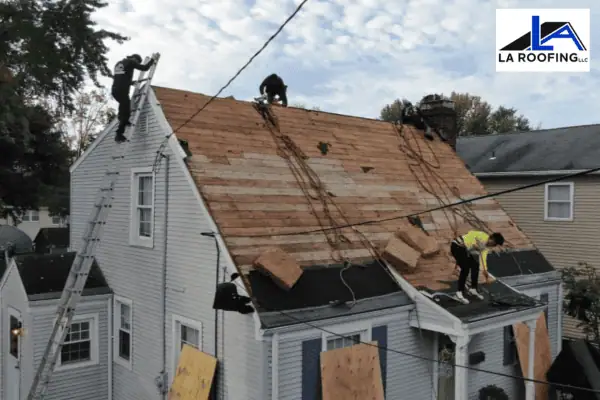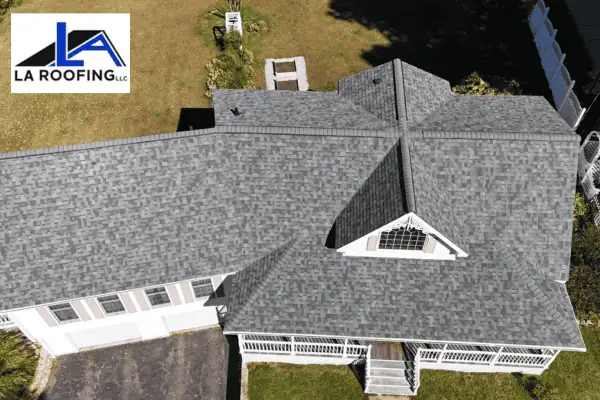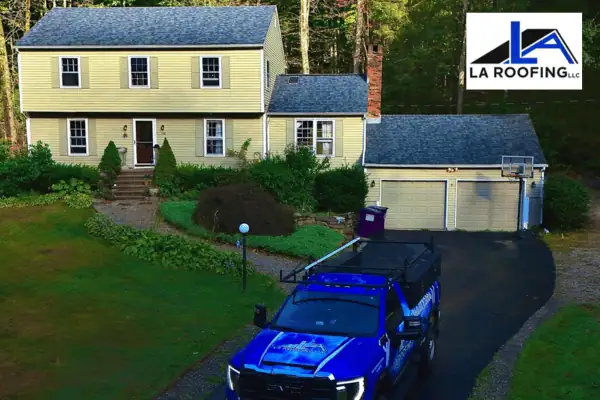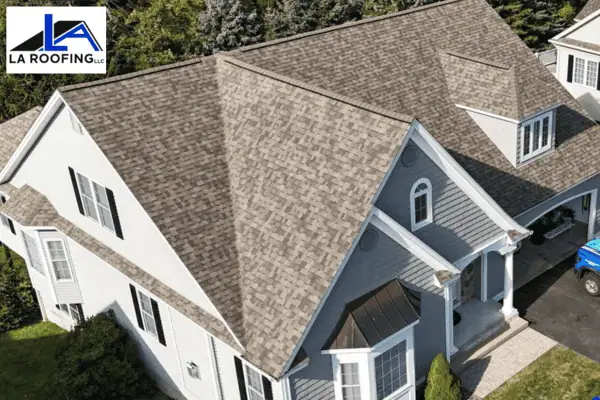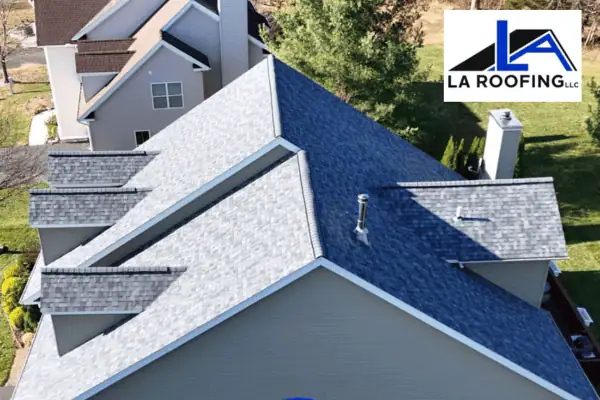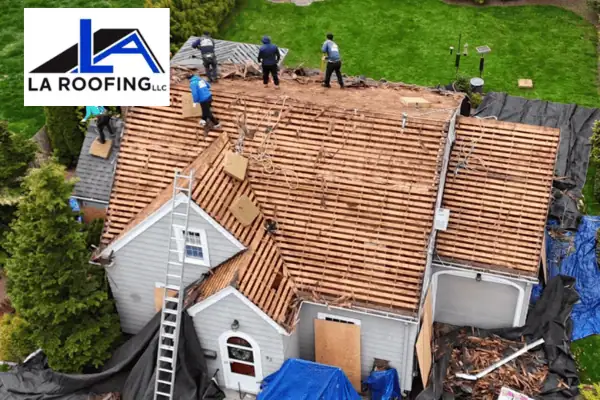Manchester, Connecticut, experiences a distinctly seasonal, humid continental climate with cold, snowy winters and warm, humid summers. January temperatures average around 20 °F (–7 °C) for the low and 26 °F (around –3 °C) for the high, making it the coldest month, while July highs regularly reach the low 80s °F (27 °C) with lows around 65 °F (18 °C). Rainfall is fairly consistent throughout the year, averaging about 42 inches annually, with monthly precipitation typically between 3 and 4 inches. Snowfall usually falls from November through March and totals 20–30 inches per year.
In spring, temperatures gradually climb with April highs of around 60 °F (15 °C) and May averages near 71 °F (22 °C), yet rainfall remains moderate at 3.5–4 inches per month. Summer presents pleasant warmth, but humidity rises. June through August highs range from 80–85 °F (27–29 °C), with precipitation staying steady around 3.6–4.3 inches monthly. In autumn, temperatures ease back. October highs drop to 64 °F (17 °C) and November to 52 °F (11 °C), while precipitation remains steady; first frost typically arrives in mid‑October.
Daylight variations are significant, with the longest days in June offering over 15 hours of light, while December days shrink to just over nine hours. Cloud cover remains fairly steady year‑round, with slightly clearer skies in late summer and autumn.
Understanding these seasonal patterns, including biting winters, mild and wet springs and falls, and warm, humid summers, provides critical insight into how roofing materials perform, how installation schedules unfold, and how homeowner expectations should be managed.
Winter Conditions: Challenges for Roofing Materials and Scheduling
Winter in Manchester brings the toughest conditions for roofing materials and installation schedules. With average highs near or below freezing and frequent snowfall, winter poses significant challenges for adhesives, sealants, and crew safety. Asphalt shingle adhesives struggle to bond properly when temperatures stay below approximately 40 °F (5 °C). Under such conditions, shingles may not seal adequately, risking premature failure or wind uplift. Similarly, liquid-applied sealants and membranes can fail to cure correctly, compromising watertight integrity.
The presence of snow, ice, and frost not only creates slippery surfaces but also makes it difficult to achieve proper fastening and alignment. Short daylight hours in December and January further reduce productive working time, making daylight-dependent tasks slower. When moisture from melting snow or ice seeps under shingles, drying times lengthen, and roof decks remain damp, creating ideal conditions for mold growth and poor adhesion.
These conditions frequently lead LA Roofing LLC to advise homeowners to avoid large-scale roofing projects during winter unless essential emergency repairs are needed. Even assessments and minor repairs should be approached carefully, as newly installed asphalt shingles require time to “settle” and perform correctly, and winter conditions delay that process. Conducting roof inspections twice per year, particularly in fall and spring, helps identify issues before temperatures fall below safe thresholds for installation.
Extended project timelines in winter are common due to unexpected delays from weather, shortened work windows, and slower material performance, often resulting in a job that might take two weeks in better seasons stretching into three or four. In general, for roofing repairs or replacements in Manchester, planning around winter makes projects more reliable, faster, and safer.
Spring and Early Summer: The Prime Window for Roofing Work
As temperatures rise in March and April, Manchester enters a window of opportunity for well‑timed roofing projects. By April, average highs reach approximately 60 °F (15 °C) with lows around 39 °F (4 °C), and precipitation remains moderate, typically around 3.8 inches of rain. May further warms to highs around 71 °F (22 °C) with manageable rain totals and milder humidity.
During this period, roofing materials behave predictably, adhesives seal properly, and crews work safely in daylight that grows longer by the week. With minimal frost risk and reduced winter moisture, roofs dry faster, and installation quality improves dramatically. LA Roofing LLC consistently recommends spring and early summer as the best seasons for roof replacement or major repair work in Manchester.
Because the demand for roofing services increases sharply during these months, homeowners are encouraged to schedule early. Contractors often book out weeks in advance, and securing a preferred timeframe ensures smoother project execution. Materials tend to be in stock, and setups for gutters, flashing, and underlayment installation proceed efficiently in dry, temperate conditions.
This season also aligns well with proactive inspection and maintenance. A comprehensive spring inspection by LA Roofing LLC clears debris, identifies early leaks or wear, and allows for repairs before the heavier rains or summer heat arrive. These preventive measures help extend roof lifespan and reduce emergency repair costs.
Summer Heat, Humidity, and Weather Variability: Material Considerations
Summer in Manchester features highs between 80–85 °F (27–29 °C), warm low-level humidity, and consistent rainfall averaging around 3.6 to 4.3 inches monthly. These conditions bring both opportunities and risks for roofing teams and material longevity.
On one hand, dry spells and strong daylight facilitate rapid installation and finishing. Roof crews can complete layers of underlayment, tear-offs, flashing, and shingle placement efficiently when rainfall is forecasted to be minimal. Longer days also expand work hours, improving productivity.
On the other hand, high UV exposure and thermal expansion cycles can stress roofing materials over time. Asphalt shingles may soften and expand during hot midday sun, then contract overnight over repeated cycles. This can lead to micro-cracking or granule loss. Extended heat can also degrade sealant life if lower‑spec products are used. Metal roof components can expand visibly, creating minor buckling or squeaking under less precise installation.
LA Roofing LLC mitigates these risks by specifying higher‑grade shingles rated for UV resistance and thermal performance. They also use recommended ventilation systems beneath roofing assemblies to reduce heat buildup. Even during summer, crews monitor the forecast closely, as thunderstorms or sudden rain can interrupt adhesive cures or expose unfinished sections. Scheduling roofing tasks during early morning or late afternoon may avoid peak midday heat, improving both crew safety and material performance.
Overall, summer construction in Manchester can yield fast timelines if planned carefully with high-performance materials and proper scheduling to avoid heat and unpredictable storms.
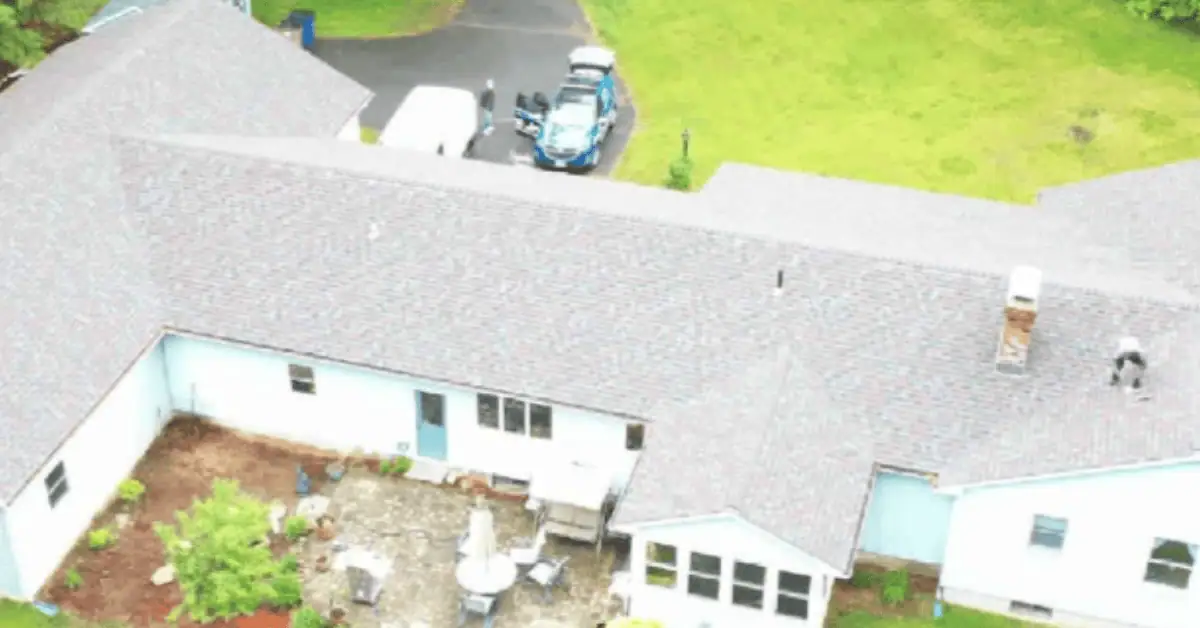
Autumn: Cooling Temperatures with Persistent Rain Challenges
In autumn, Manchester slowly cools from October highs of around 64 °F (17 °C) to November highs near 52 °F (11 °C), with lows dropping toward 34 °F (1 °C). Precipitation remains steady in October and November, commonly seeing around 4.1 and 3.3 inches, respectively. Daylight hours shorten, and early frost often arrives by mid‑October, limiting work windows.
Early autumn offers solid roofing conditions: moderate temperatures above the critical bonding threshold and fewer rainstorms than in spring. Material adhesion is reliable, and crews benefit from milder weather. However, by late October and into November, moisture and frost risk increase, and contractors must work faster to finish before cold weather sets in.
Since many homeowners delay roofing until spring or summer, fall becomes highly booked, resulting in tight scheduling availability. LA Roofing LLC encourages property owners to book fall roofing work early. Fall inspections are also essential: clearing gutters, examining flashing integrity, and preparing for winter help prevent damage from ice dams and wind‑driven rain.
As winter approaches, adhesives become less reliable, and cold-sensitive materials must be handled with caution. Final installations may go slower, but a well‑timed project in early autumn, completed before frost, provides a durable outcome without winter’s added risk.
Material Selection Strategies for Manchester’s Climate
Choosing the right roofing materials for Manchester’s seasonal extremes is essential for longevity and performance. For asphalt shingles, selecting products with high UV resistance and thermal endorsement ensures less heat‑related degradation. Adhesives and underlayments rated for low‑temperature curing extend the workable window into spring and autumn. Metal roofing is less sensitive to cold, but condensation management, particularly in winter, and allowance for thermal expansion are key to preventing long‑term warping or flashing failure.
Flat roofing systems such as TPO or EPDM should be installed under conditions where membrane flexibility remains reliable and adhesives can cure appropriately. In Manchester’s cold months, special cold-weather sealants or tapes may be used, but keeping large flat roof installations in winter remains risky due to rapid moisture fluctuations and curing uncertainty.
Ventilation and insulation beneath the roof deck play a large role in mitigating condensation, freeze/thaw cycle damage, and excessive attic heat. Properly installed and tested drainage systems prevent water pooling and ice dams in winter or during storm events. High-performance venting helps balance attic temperature, improving asphalt shingle performance and minimizing heat-related granule loss.
LA Roofing LLC’s expertise includes matching materials to seasonal challenges. Whether recommending golden‑rated asphalt shingles for UV durability, specifying sealed‑fastener metal panels with thermal movement gaps, or pairing ventilation and drip edge designs for freeze/weather resilience, the company’s approach ensures roofs endure Manchester’s diverse climate.
Construction Timeline Considerations by Season
Project timelines fluctuate dramatically across seasons in Manchester. In winter, a standard roof replacement may take twice as long as in spring due to weather-related interruptions, slower material behavior, and limited daylight. Spring and early summer generally yield the fastest timelines, often shorter than initial estimates if the weather remains stable. Crews work efficiently in dry conditions, and materials arrive on schedule.
During peak summer, unexpected thunderstorms may cause brief stoppages, but warm temperatures and extended daylight often compensate with accelerated progress. Autumn schedules resemble spring fast when booked early, but are slowed by impending frost or wet rain events in later months.
Crucially, homeowner responsiveness, such as approving invoices, selecting shingle colors or material options, or preparing yards, also affects timelines. LA Roofing LLC maintains clear communication and proactive scheduling, guiding clients to select seasons when timelines are predictable and material performance optimized.
Early scheduling, often weeks or months in advance, is essential for spring and fall projects. Homeowners benefit from timely updates on weather, material shipping, and forecasted storms. LA Roofing LLC provides accessible timelines, regular progress briefings, and flexible scheduling to align with changing seasonal conditions.
SEO Keywords and Local Relevance to Manchester, CT Roofing Services
When homeowners search for a “roofer near me” or inquire about “best roofing in Manchester, CT”, they are usually looking for a reliable, local provider who understands how regional weather affects roofing needs. LA Roofing LLC’s deep familiarity with Manchester’s seasonal climate enables them to craft tailored project plans from fall readiness inspections to spring roof replacements timed for optimal performance.
By blending climate data, material science insights, and Manchester’s precise seasonal trends, your blog post strengthens local SEO authority. Targeted phrases like “Manchester roofing materials”, “roof replacement timeline Manchester CT”, “seasonal roofing Manchester CT”, and “Manchester weather roof advice” help attract readers precisely seeking local solutions.
The content must remain unique and timely, displaying confidence in seasonal understanding, actionable scheduling advice, and references to Manchester’s climate specifics, which establishes trust and positions LA Roofing LLC as the go‑to local roofing expert.
LA Roofing LLC
Understanding how Manchester’s seasonal weather impacts roofing materials and construction timelines empowers homeowners to invest wisely. By avoiding the winter slowdown, capitalizing on spring and early autumn install windows, choosing materials suited for heat, moisture, freeze cycles, and planning around contractors’ seasonal availability, property owners save time, money, and risk.
LA Roofing LLC, a trusted full‑service roofing provider based in Manchester, CT, leverages over seven years of local experience to guide customers through these complexities. Committed to quality, professionalism, and customer satisfaction, the LA Roofing LLC team schedules inspections in spring and fall, advises material choices tailored to weather extremes, and helps homeowners plan their project during the optimal seasons. For Manchester residents considering roof repair, replacement, gutter installation, or siding services, LA Roofing LLC offers free estimates, clear timelines, and expertise you can trust. Call now to secure your place in their seasonal schedule and receive personalized guidance for your roofing needs.



